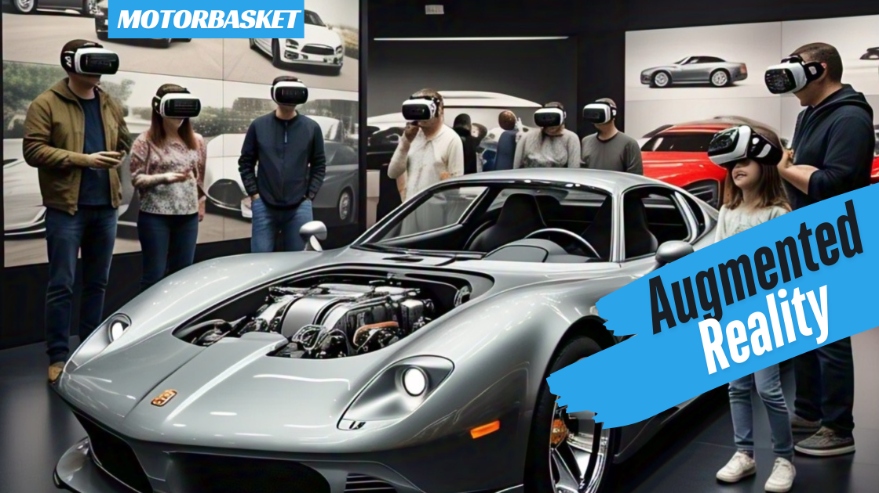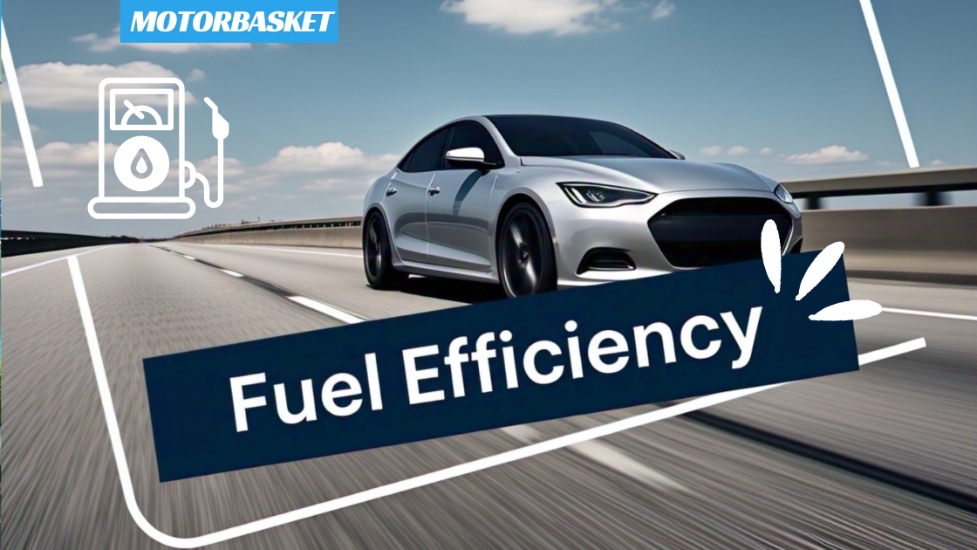7 Exciting Ways Augmented Reality is Revolutionizing the Automotive Industry
The automotive industry is undergoing a technological revolution, and augmented reality (AR) is at the forefront of this transformation. From enhancing the driving experience to revolutionizing manufacturing processes, AR is reshaping how we interact with vehicles. But what’s next for augmented reality in the automotive sector? In this blog, we’ll explore the latest trends, applications, and future possibilities of AR in the automotive world. Buckle up as we take a deep dive into this exciting technology!
Table of Contents
What is Augmented Reality in Automotive?
Augmented reality (AR) is a technology that overlays digital information—such as images, sounds, or text—onto the real world. Unlike virtual reality (VR), which creates a completely immersive digital environment, AR enhances the physical world by adding virtual elements to it. In the automotive industry, AR is being used in various ways, from heads-up displays (HUDs) in vehicles to AR-assisted manufacturing and maintenance.
How is Augmented Reality Transforming the Automotive Industry?
1. Enhanced Driving Experience with AR Heads-Up Displays (HUDs)
One of the most visible applications of AR in the automotive sector is the heads-up display (HUD). These systems project critical information, such as speed, navigation directions, and safety alerts, directly onto the windshield. This allows drivers to keep their eyes on the road while accessing essential data.
Modern AR HUDs go beyond basic information. They can highlight lane markings, identify pedestrians, and even warn drivers of potential hazards. For example, if a pedestrian steps into the road, the AR system can highlight them on the windshield, ensuring the driver is aware of the danger.
2. AR in Vehicle Manufacturing and Design
The automotive manufacturing process is complex, requiring precision and efficiency. AR is playing a crucial role in streamlining production. Engineers and designers are using AR glasses to visualize 3D models of vehicles, making it easier to identify design flaws and improve prototypes.
In assembly lines, AR is helping workers by providing step-by-step instructions overlaid on the physical components. This reduces errors, speeds up production, and ensures higher quality standards.
3. AR for Maintenance and Repairs
Gone are the days of flipping through bulky repair manuals. With AR, mechanics can use smart glasses or tablets to view detailed, interactive instructions overlaid on the vehicle. This technology can identify faulty parts, provide repair guidance, and even suggest tools needed for the job.
For car owners, AR apps can turn smartphones into diagnostic tools. By pointing their phone at the engine, users can receive real-time information about the vehicle’s health and maintenance needs.
4. Augmented Reality in Car Sales and Marketing
Car dealerships are leveraging AR to enhance the customer experience. Potential buyers can use AR apps to visualize how a car would look in their driveway or explore its features in detail without visiting a showroom. This immersive experience helps customers make informed decisions and boosts sales.
The Future of Augmented Reality in Automotive
The potential of AR in the automotive industry is vast, and the technology is evolving rapidly. Here’s what we can expect in the near future:
1. Advanced AR Navigation Systems
Future AR navigation systems will be more intuitive and interactive. Imagine driving through an unfamiliar city, and your windshield displays real-time directions, points of interest, and even restaurant reviews. These systems will integrate with smart city infrastructure to provide seamless navigation.
2. AR-Enabled Autonomous Vehicles
As autonomous vehicles become more common, AR will play a key role in enhancing passenger experience. Passengers could use AR windows to view information about their surroundings, watch movies, or even hold virtual meetings during their commute.
3. Personalized AR Experiences
AR will enable highly personalized driving experiences. For instance, your car could recognize you as the driver and adjust the AR display to show your preferred settings, such as favorite routes, music playlists, or climate control preferences.
4. AR for Enhanced Safety Features
Safety is a top priority in the automotive industry, and AR is set to take it to the next level. Future AR systems could detect driver fatigue by monitoring eye movements and provide alerts or even take control of the vehicle if necessary. Additionally, AR could improve night vision by highlighting obstacles that are difficult to see in the dark.
5. Integration with Wearable Technology
Wearable devices like AR glasses will become more integrated with vehicles. Drivers could use AR glasses to control their car’s functions, receive notifications, or access entertainment systems without taking their hands off the wheel.
Challenges and Opportunities
While the future of AR in the automotive industry is promising, there are challenges to overcome. These include:
- Cost: Developing and implementing AR technology can be expensive, which may limit its adoption in budget-friendly vehicles.
- Distraction: There’s a fine line between providing useful information and overwhelming the driver. Striking the right balance is crucial.
- Technical Limitations: AR systems require high processing power and advanced sensors, which can be a challenge for smaller vehicles.
However, these challenges also present opportunities for innovation. As technology advances, we can expect more affordable, efficient, and user-friendly AR solutions.
Real-World Examples of AR in Automotive
Several automakers are already embracing AR technology. Here are a few examples:
- BMW: BMW’s AR glasses for mechanics provide real-time repair instructions, reducing service time and improving accuracy.
- Tesla: Tesla’s infotainment system uses AR-like features to display navigation and vehicle data on the central touchscreen.
- Mercedes-Benz: The Mercedes-Benz MBUX system includes an AR navigation feature that overlays directions onto live video footage of the road ahead.
Why Augmented Reality is a Game-Changer for the Automotive Industry
Augmented reality is not just a buzzword; it’s a transformative technology that’s reshaping the automotive landscape. By enhancing safety, improving efficiency, and creating immersive experiences, AR is setting new standards for the industry. As automakers continue to innovate, we can expect even more exciting developments in the years to come.
Conclusion
The integration of augmented reality in automotive is revolutionizing how we drive, manufacture, and maintain vehicles. From AR heads-up displays to advanced navigation systems, the possibilities are endless. As technology continues to evolve, AR will play an increasingly important role in shaping the future of mobility.
At Motorbasket, we’re excited to see how augmented reality will transform the automotive industry. Stay tuned for more updates on the latest trends and innovations in the world of cars and technology. Whether you’re a car enthusiast or a tech geek, the future of automotive AR is something you won’t want to miss!
By incorporating augmented reality in automotive into your driving experience, you’re not just keeping up with the times—you’re staying ahead of the curve. The road ahead is full of possibilities, and AR is leading the way.
Click on Below Links to Follow Us on Our Social Media Pages
Click on Below Links to Read Our Company Policies




